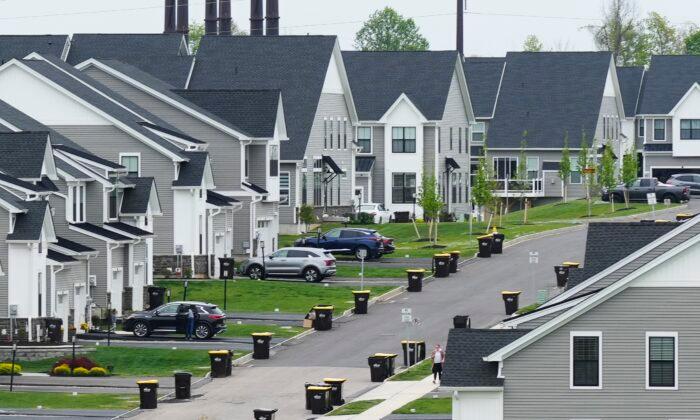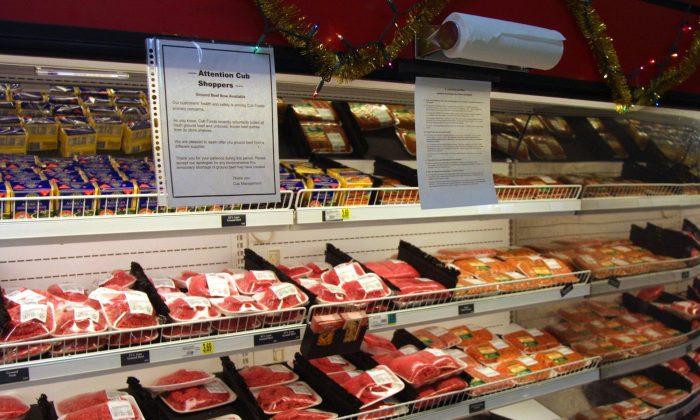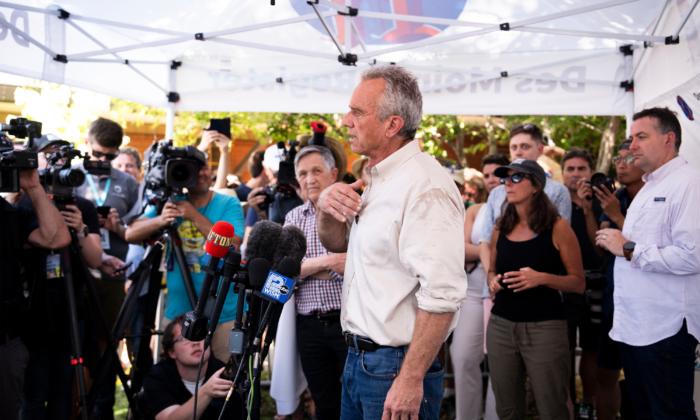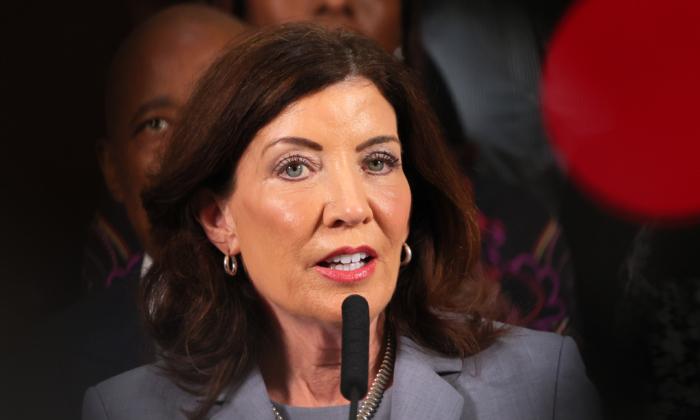Winter is coming, and experts are predicting that it will be an expensive one for American households nationwide.
Families had already faced higher than average electric bills last winter due to inflation and this year provides no improvement.
NEADA assists state agencies under the Low Income Home Energy Assistance Program, (LIHEAP) in distributing federal assistance to help low-income families pay their utility bills.
The energy association expects that the average winter heating bill will increase from $1,025 to $1,202.
Lower-Income Households Will Struggle
The total cost of heating would increase from $127.9 billion to an estimated $149.9 billion, with lower-income households facing the brunt of the burden.“The rise in home energy costs this winter will put millions of lower-income families [at] risk of falling behind on their energy bills and having no choice but to make difficult decisions between paying for food, medicine and rent,” said Mark Wolfe, executive director of NEADA.
“As a result, NEADA sent a letter last week to the Congressional Leadership asking for a supplemental increase in LIHEAP of $5 billion to cover the higher cost of home heating and cooling as a result of [an] increased number of summer heat waves,” Wolfe added.

Energy Prices Surge Worldwide
Global energy prices have been rising since the second half of 2021, as economies around the world recovered from the shock of the pandemic, leading to higher demand.However, European and American green energy policies, combined with Russia’s invasion of Ukraine in February, have caused oil and natural gas prices to spike worldwide.
The war in Ukraine had disrupted supplies of natural gas from Russia to Europe, which relies on natural gas to power industry and heat and cool civilian homes.
Increases in Cost of Natural Gas
While the United States is less dependent on natural gas for its energy needs, it still fuels about 37 percent of domestic electricity production, according to the EIA’s 2022 figures.Natural gas costs are projected to increase 24 percent to $709, according to the NEADA.
Heating oil costs will jump an estimated 54 percent to $1,876.
Propane bills are forecast to rise by 15.2 to $1,828 this winter.
Winter heating costs for households using electricity will face a 6.9 percent jump to $1,328.
Those who use natural gas for heating will face a 34.3 percent increase to $952.

About 20 percent of American households reported missing or making a late payment on their utility bills in August, according to Bank of America (BofA).
Families with an income of $50,000 or less are the ones struggling the most with the higher energy costs.
BofA reported that Dallas and Houston had some of the highest utility bill hikes this summer, rising 23 percent from the same period last year.
The NEADA released similar findings last month that found that more than 20 million families were behind on their utility bills and owed a total of about $16 billion.US Regional Utilities Plan to Raise Power Bills
Con Edison, one of the largest utility companies in the nation, provides energy for over 10 million people living in the New York City metropolitan area.The power company said that utility bill increases are being driven mainly by “increases in the market cost of natural gas, which is volatile and also influences electric market costs,” and that other local electric and gas companies across the North East “are facing similar circumstances.”
“Con Edison is urging customers to take actions now that can help them manage costs this winter as market prices for electricity and natural gas are expected to be substantially higher,” said the utility in a recent statement.

The company explained that it “buys natural gas and electricity on the wholesale markets and uses a variety of strategies to stabilize pricing for customers.”
The average monthly natural gas bill in the NYC area will grow 32 percent, from $348 a year ago to $460.
Electricity costs will jump between 22 and 27 percent for residents from November 2022 through March 2023.
Con Ed explained that supply costs account for the majority of the price increases, which rose about $90, while delivery charges hit $22.
“The U.S. needs an all-of-the-above energy strategy that will drive down costs for consumers,” said Tenney.
The average monthly bill for residents in that state will increase from $179 to $293, while hiking home heating and natural gas rates by at least 22 percent during that period.





